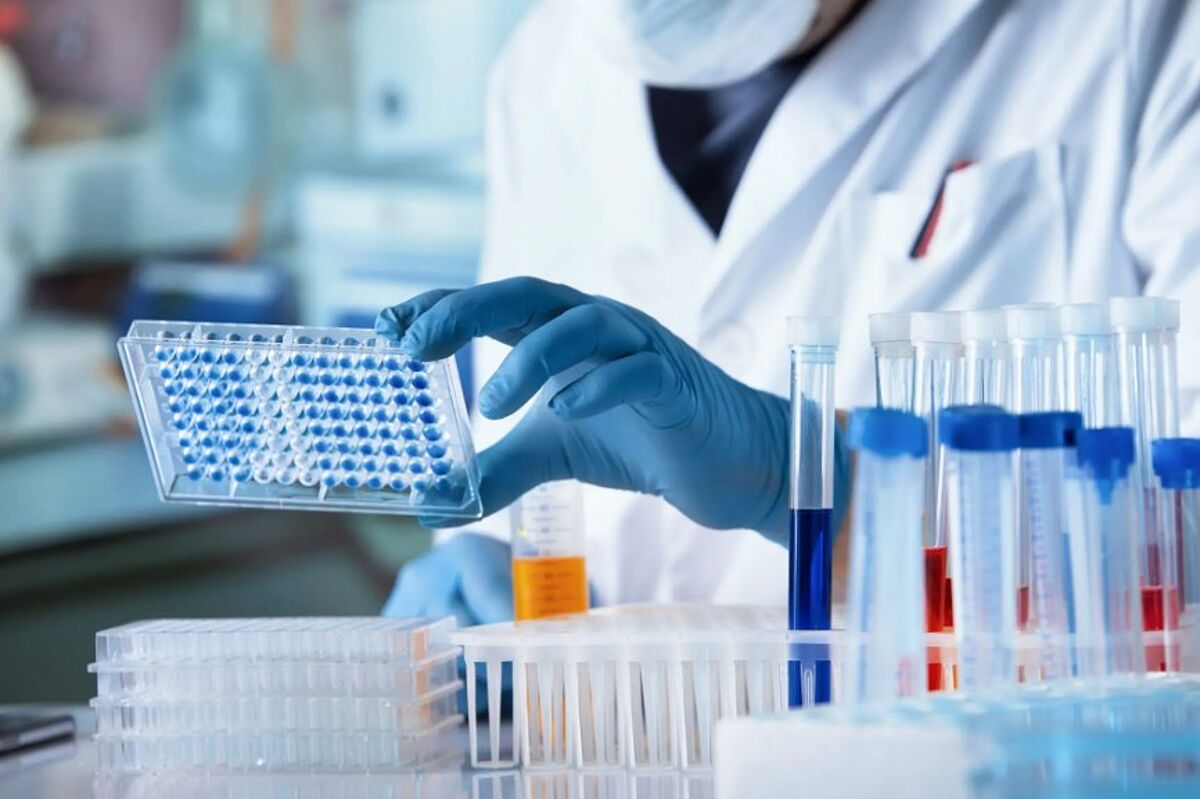As pharmaceutical research increasingly focuses on precision medicine, developers face a persistent challenge: detecting and measuring crucial biomarkers that exist at extremely low concentrations. This is particularly relevant in areas like early-stage cancer detection or neurodegenerative disease research, where key biomarkers often exist in concentrations below one picogram per milliliter.
Consider the development of modern immunotherapies, where researchers need to detect minute changes in T-cell activation markers – often present at femtogram levels – to understand a drug’s mechanism of action. Traditional ELISA methods, with detection limits typically around 1-10 picograms/mL, may not provide sufficient sensitivity for these applications. This sensitivity gap impacts the entire drug development process, from early research through clinical trials.

The challenge is particularly acute in three critical areas:
- Target Validation: When validating new drug targets, researchers often need to detect and measure proteins present in minimal quantities. For instance, in neurological research, the ability to detect trace amounts of biomarkers in blood rather than cerebrospinal fluid could enable less invasive testing methods – but only if detection methods are sensitive enough.
- Safety Assessment: Early detection of potential toxicity is crucial in drug development. The ability to detect minute changes in biomarker levels could provide earlier warning signs of adverse effects, allowing researchers to identify safety issues before they become significant problems.
- Clinical Trial Design: More sensitive biomarker detection could enable researchers to gather meaningful data from smaller patient populations. This has important implications for rare disease research, where patient populations are limited, and early-phase trials, where minimizing participant numbers while maintaining statistical validity is crucial.
The field continues to evolve rapidly. While specialized digital immunoassay platforms have demonstrated impressive sensitivity, their adoption has been limited by high costs and complexity. Current research focuses on developing solutions that can achieve similar sensitivity levels using standard lab equipment and workflows – making ultra-sensitive detection more accessible to research teams worldwide.
This progression toward more sensitive, accessible biomarker detection tools isn’t just about improving research efficiency – it’s about getting effective treatments to patients faster. When researchers can reliably detect and measure drug responses at the molecular level, they can make better decisions earlier in the development process.
The future of drug development will likely depend on our ability to detect and measure increasingly subtle molecular changes. As detection technology advances, we may soon enter an era where drug candidates are evaluated based on their molecular effects rather than waiting for macro-level clinical changes – potentially transforming how we develop new therapies.
Supplier

Cavidi
Cavidi is a Swedish biotechnology company specialising in ultra-sensitive biomarker detection. Their innovative reagent, Exazym®™, enhances standard ELISA workflows by enabling attomole-level detection of low-abundance biomarkers with minimal adjustments and no need for new equipment.
